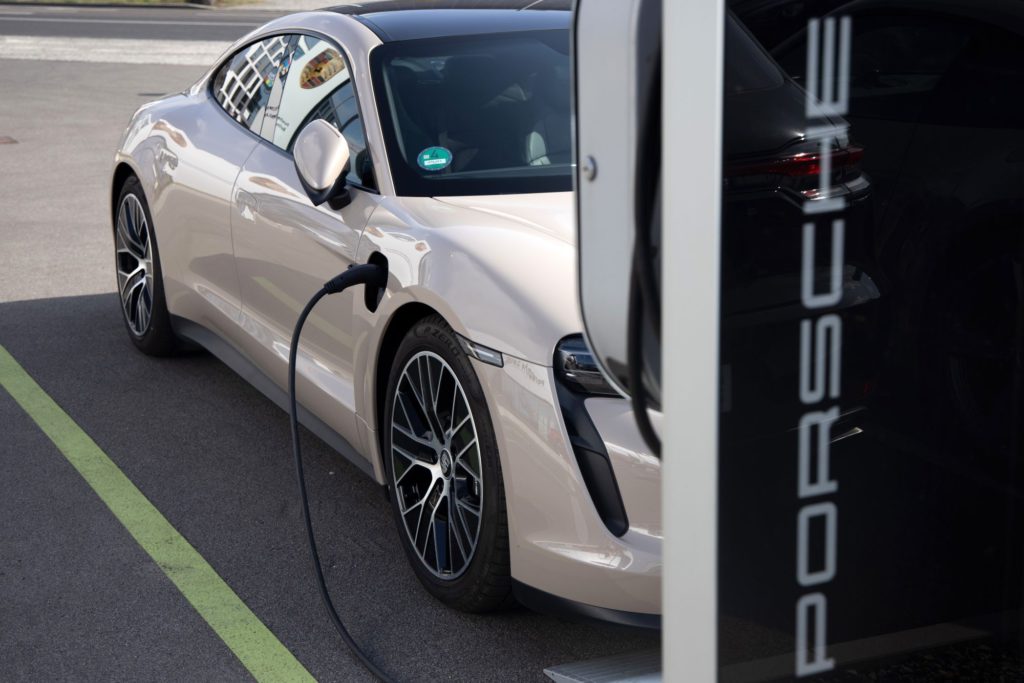(Bloomberg) —
Recently I’ve been analyzing the growth in the public charging network in 2021, as we’ve just released BNEF’s 2022 Global EV Public Charging Update.
Not surprisingly, Tesla is a standout. The company installed about 10,000 superchargers globally last year, over 2.5 times more than the number of 2020 installations. And they’re still going. The company announced in October that it plans to triple the size of its network over the next two years. That will require roughly doubling annual installations each year. The highest number of supercharger installations in 2021 was in China, with over 4,350, about 43% of all installations).
It’s an understatement to say Tesla had a breakout year for vehicle sales in China in 2021. They sold over 340,000 vehicles, nearly 2.8 times the number of vehicles sold in 2020 and just 8,000 less than what they sold in the U.S. It’s unclear whether China will overtake the U.S. as Tesla’s biggest market in 2022, but it will certainly be close.
This all underscores how Tesla sees the supercharger network as an important contribution to China sales and future ambitions. Chinese companies are aggressively expanding the charging network. Tesla’s 6,000 superchargers in China certainly is an impressive number, when looking only at those plugs compared to other countries. But they are a drop in the ocean of the 465,000 fast chargers in China; of those, 218,000 can deliver over 100 kilowatts.
Even so, Tesla won’t fully rely on any other networks. One key reason is reliability. At Volkswagen’s battery day event last year, the German automaker stated that drivers attempting to charge in China could have a success rate as low as 30%, due to failing infrastructure and bays being blocked by gas-powered cars. Another likely reason is the power of charging. The newest Tesla superchargers can deliver up to 250kW compared to the average 140kW power of DC chargers installed in China in 2020, according to survey from China’s EV charging association. Tesla’s 250kW chargers make up just 27% of its network; the majority offer 120kW.
That 250kW charging rate is not unique globally. The Porsche Taycan offers around 270kW, and Hyundai and Kia have produced vehicles offering 180kW. Most new battery-electric vehicles offer 100-150kW charging. Still, Tesla’s charging power surpasses that of the top-selling EVs in China, which have between 60-130kW max charging rates (excluding the slower-charging mini BEVS like the Hongguang Mini). This likely is a meaningful contributor to Tesla’s China sales.
To compare, Volkswagen, whose full range of EVs offer a max charging rate around 130kW, sold 44,000 vehicles in China in the final quarter of 2021 compared to Tesla’s sales of over 124,000. This is despite the Model 3 and Model Y being around $18,000 more expensive than the Volkswagen ID.3 and ID.4.
Tesla’s success with reliability, power of charging and perception, if not reality, of technological superiority isn’t lost on other automakers, many of which are installing ultra-fast charging networks of their own and touting faster-charging vehicles.
The GAC Aion V Plus, Xpeng G9, and Geely Zeekr 001 have 350kW to 480kW charging, provided from 800-volt vehicle architectures. This is a step change in the charging rate from Tesla and the underlying vehicle technology — Tesla vehicles currently run on a 400-volt architecture.
The Geely and Xpeng models are already on or expected to be on the market soon at prices similar to Tesla’s vehicles. The two Chinese manufacturers also appear to be using advancements on current battery technology rather than solid-state batteries. The latter often are touted as the next generation of batteries, suited for faster charging. But so far, they appear to be far from mass production.
The technology battle to catch up to Tesla’s charging superiority will continue, but bringing other efforts to market at the scale Tesla has will remain the ultimate challenge.
More stories like this are available on bloomberg.com
©2022 Bloomberg L.P.











